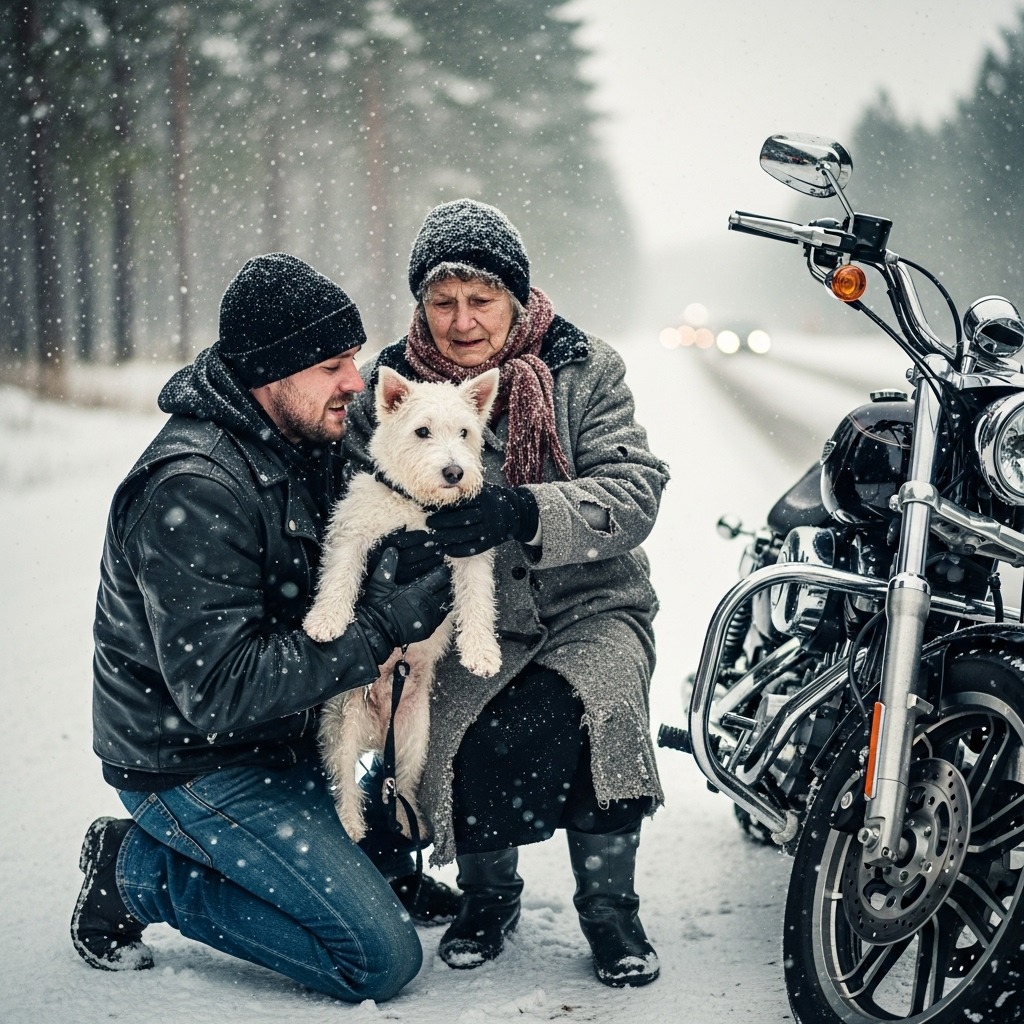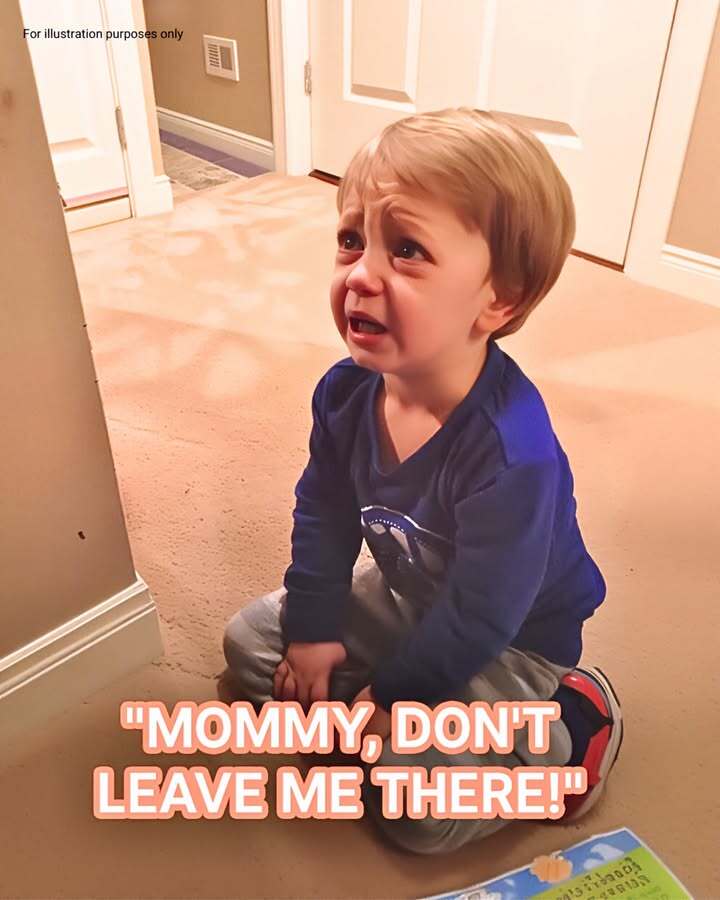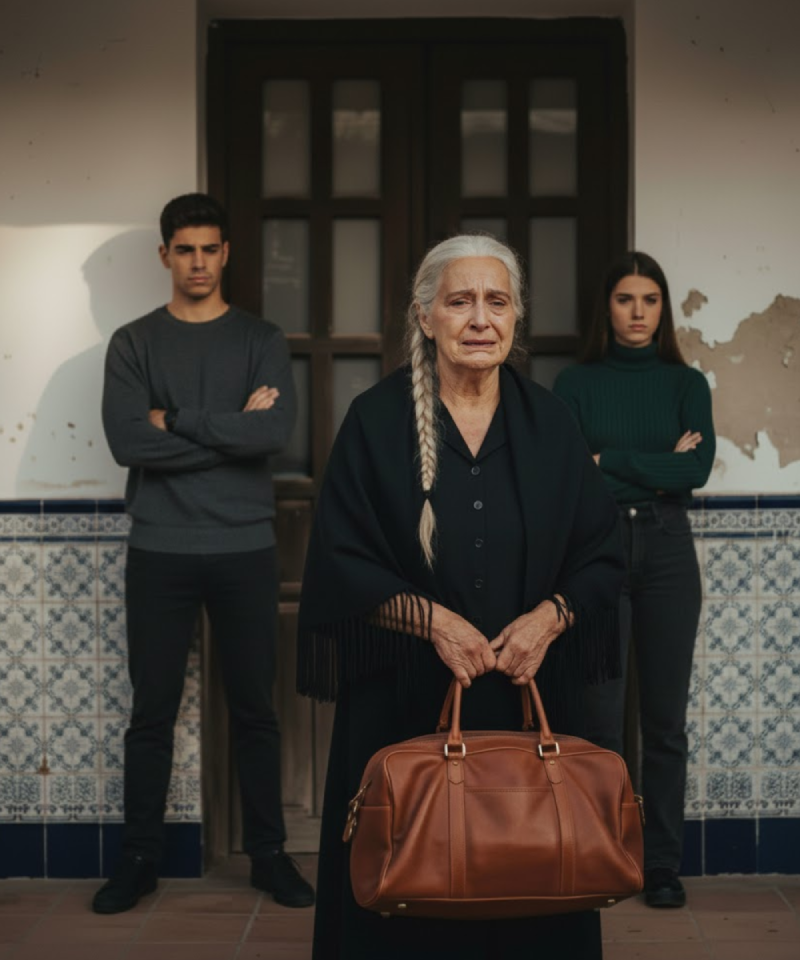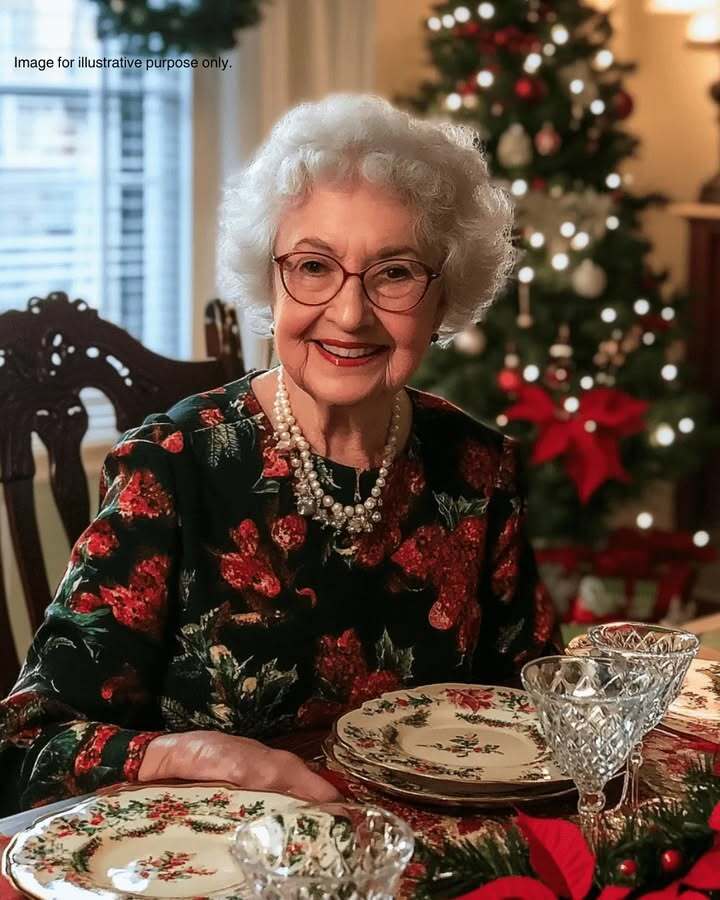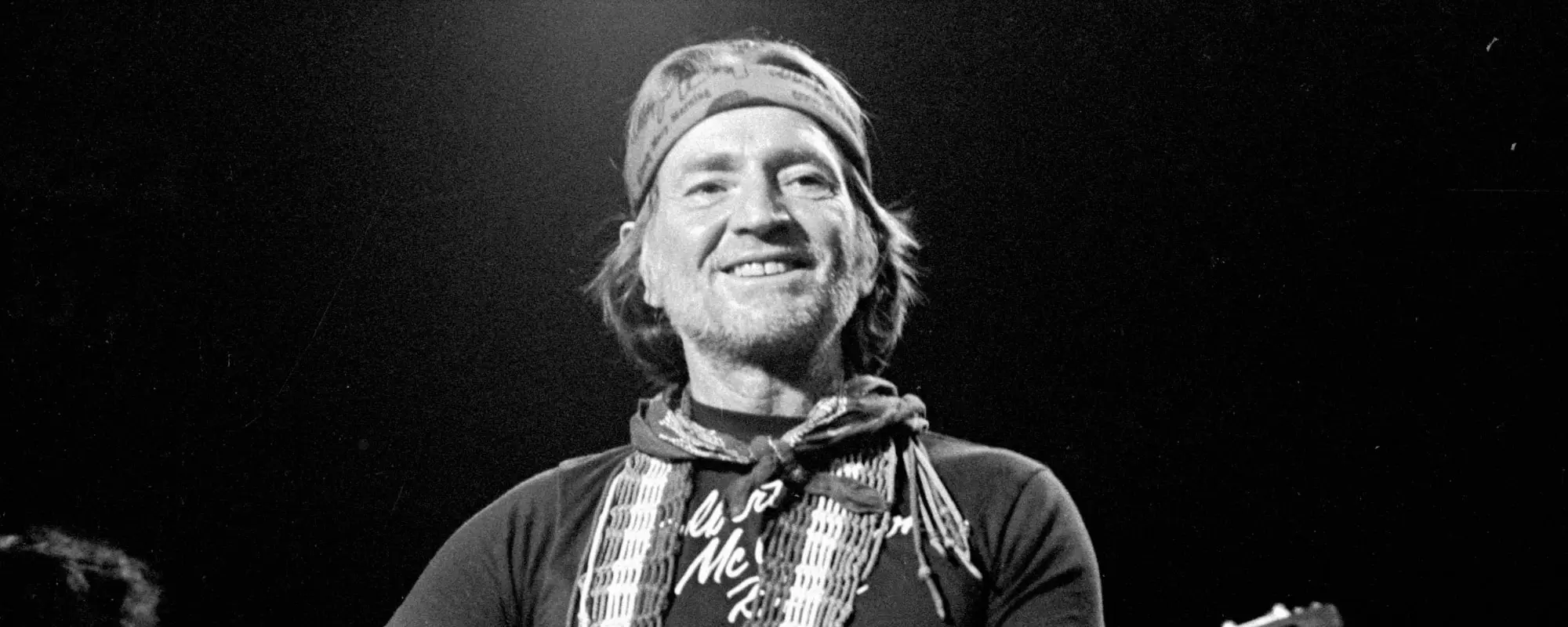I Was 73 When I Moved Into My Son’s House — Every Time He Was Taking a Bath at Three in the Morning, When I Peeked Through the Door, I Almost Fell Over the Truth
I once believed that after losing my husband, peace would finally find me. I left our old countryside home made of mud and brick and moved to the city to live with my only son, Daniel, and his wife, Olivia. At first, I thought I was stepping into comfort. Daniel was a successful company director, … Read more

